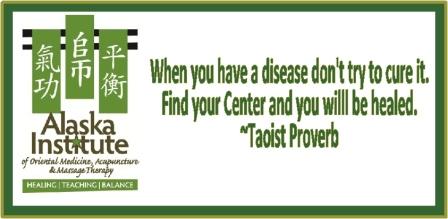OVERVIEW: Narrowing of the dimensions of the spinal canal is called spinal stenosis. The spinal canal is present inside the vertebral bones; it contains the spinal cord, nerve roots and blood vessels supplying the spinal cord and nerves.
The vertebral bones form the vertebral column (back bone). The reduction in the size of the spinal canal can compress the spinal cord, nerve roots or blood vessels that supply the spinal cord. Spinal stenosis is common in the lumbar level and rare in the thoracic region.
The vertebral bones form the vertebral column (back bone). The reduction in the size of the spinal canal can compress the spinal cord, nerve roots or blood vessels that supply the spinal cord. Spinal stenosis is common in the lumbar level and rare in the thoracic region.
CAUSES: Spinal stenosis is often caused by spinal degeneration that occurs with aging. Degeneration is believed to begin in the intervertebral disk where biochemical changes such as cell death and loss of water content lead to progressive disk bulging and collapse. This process leads to an increased stress transfer to the posterior facet joints, which accelerates cartilaginous degeneration, hypertrophy, and osteophyte (bone spur) formation; this is associated with thickening and buckling of the ligamentum flavum.
The combination of the ventral disk bulging, osteophyte formation at the dorsal facet, and ligamentum flavum hypertrophy combine to circumferentially narrow the spinal canal and the space available for the neural elements. This compression of the nerve roots of the cauda equina leads to the characteristic clinical signs and symptoms of lumbar spinal stenosis.
Also, degenerative spondylolisthesis narrows the spinal canal and symptoms of spinal stenosis are common. Any forward slipping of one vertebra on another (spondylolisthesis) can cause spinal stenosis by narrowing the canal. If this forward slipping narrows the canal sufficiently, and impinges on the contents of the spinal column, it is spinal stenosis by definition. If there are associated symptoms of narrowing, the diagnosis is confirmed.
SIGNS AND SYMPTOMS: Spinal stenosis symptoms include:
- pain
- weakness
- tingling of the legs
- "radiation down the posterior part of the leg to the feet."
Additional symptoms in the legs may be fatigue, heaviness, numbness, leg cramps, and also bladder symptoms. Symptoms are most commonly bilateral and symmetrical, but they may be unilateral; leg symptoms are usually more troubling than back pain.
DIAGNOSIS: Some patients can have a narrowed canal with out symptoms, and do not require therapy. Stenosis can occur as either central stenosis (the narrowing of the entire canal) or foraminal stenosis (the narrowing of the foramen through which the nerve root exits the spinal canal). "The normal lumbar central canal has a mid sagittal diameter (front to back) greater than 13 mm., with an area of 1.45 square cm. Relative stenosis is said to exist when the anterior-posterior canal diameter is between 10 and 13 mm. Absolute stenosis of the lumbar canal exists anatomically when the anterior-posterior measurement is 10 mm. or less.
Plain x-rays may or may not show spinal stenosis. CT (computerized tomography) scans are much more useful for diagnosis. The preferred method of diagnosis is MRI (magnetic resonance imaging) for all areas of the spine. The detection of spinal stenosis confirms only the anatomic presence of a stenotic condition. This may or may not correlate with the diagnosis of spinal stenosis which is based on clinical findings of neural disfunction, motor weakness, bowel and bladder dysfunction, hyperreflexia and muscular atrophy.
Plain x-rays may or may not show spinal stenosis. CT (computerized tomography) scans are much more useful for diagnosis. The preferred method of diagnosis is MRI (magnetic resonance imaging) for all areas of the spine. The detection of spinal stenosis confirms only the anatomic presence of a stenotic condition. This may or may not correlate with the diagnosis of spinal stenosis which is based on clinical findings of neural disfunction, motor weakness, bowel and bladder dysfunction, hyperreflexia and muscular atrophy.




